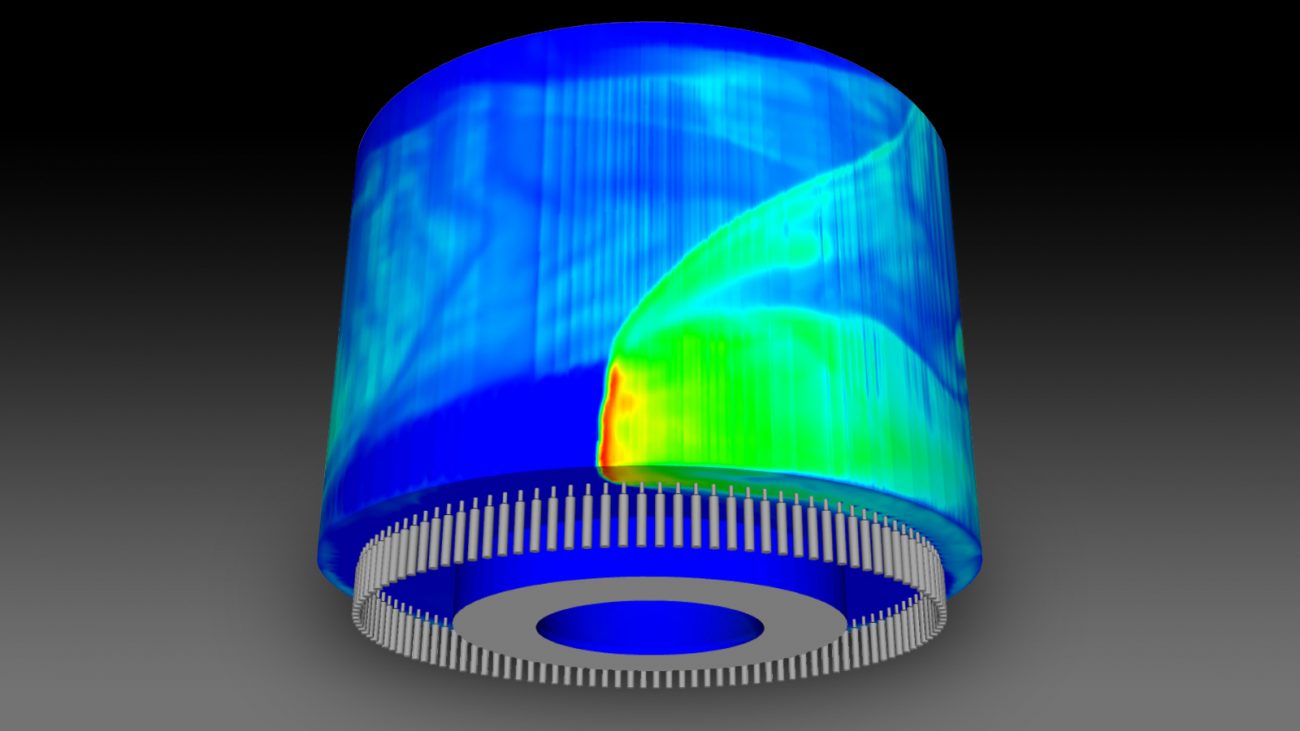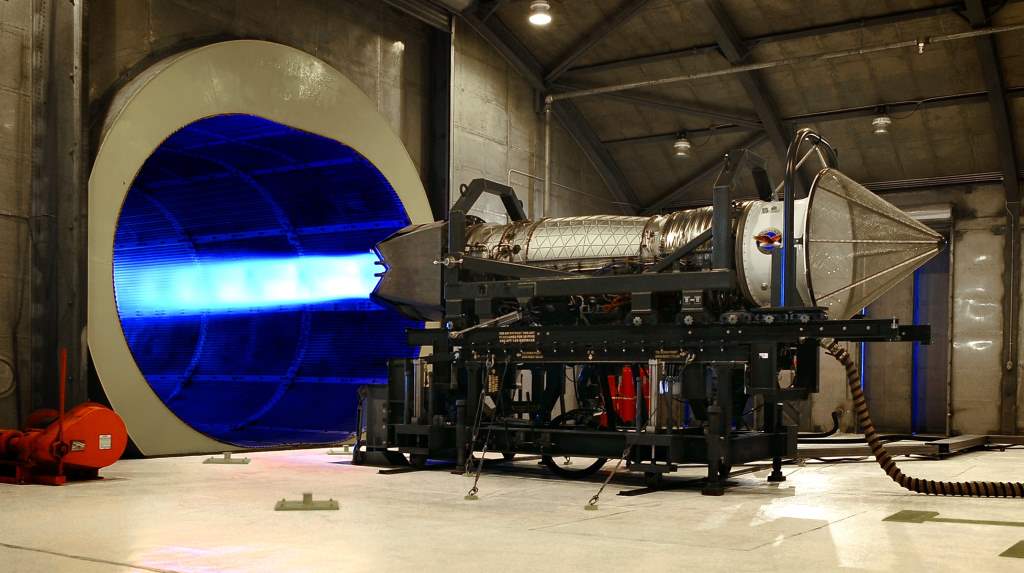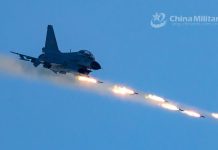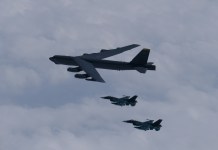A Chinese engineering company, TWR-Engine, has completed ground-testing of a prototype rotating detonation engine (RDE), which the company hopes, will attain hypersonic speeds in the future, offering much better fuel efficiency than the rocket or jet engines that are currently in use.
TWR-Engine is a private enterprise in China that specializes in engines that work on the principle of ‘detonation combustion,’ which is different from the combustion process of traditional aero and rocket engines.
The company was established in 2018, and its name ‘TWR-Engine’ is an acronym for ‘Thrust-To-Weight Ratio.’
Rotation Detonation Engines
The conventional rocket engines, essentially internal combustion (IC) engines at a large scale, generate thrust through what is known as ‘deflagration combustion’ in which the flame front travels through the fuel-air mixture at subsonic speeds.
In detonation combustion, the flame front travels at supersonic or hypersonic speeds (more than Mach 5 or five times the speed of sound). It is theoretically 25% more efficient than conventional deflagrative combustion.
There are two significant categories of detonation engines: the Pulse Detonation Engine (PDE), and the other one, stated earlier, the RDE.
A PDE consists of long cylinders open on one end and closed on the other. When the gas fills the cylinder, an igniter – such as a spark plug – is activated that initiates combustion of the fuel that rapidly transforms into a ‘detonation,’ or a powered shock, with shock waves traveling through the cylinder at speeds exceeding that of the sound.
Due to the enormous speed of detonation waves, the combustion process completes before the gas has any time to expand. The explosive pressure of the detonation pushes the exhaust out of the open end of the cylinder, thus providing thrust to the vehicle.
In an RDE, instead of long cylinders with one end open, there is a ring-shaped (annular) reactor, in which the detonation waves travel in circles, and once the engine is started, as in the fuel-air mixture is ignited, the energy released is sufficient to sustain continuously rotating detonation, as long as the fuel-air mixture is supplied into the reactor.
The incoming fuel-air mixture forces the combustion products out through the nozzle end of the reactor at supersonic speeds, thus generating thrust.
US, China Race To Perfect The RDE Technology
An RDE uses less fuel, generates more thrust, and is said to be lighter in weight, but so far, it has been challenging to realize this technology because RDEs are not stable, unlike the standard IC engines in which the combustion process is a more controlled reaction.
However, RDE holds huge promises of achieving hypersonic speeds with high fuel efficiency and reduced costs. Therefore commercial and military scientists in China and the US are competing to perfect the RDE technology first.
TWR-Engine is one such private company in China that is trying to develop the rotating detonation engine (RDE) technology.

“The RDE is twice as efficient as turbo engines. The thrust-to-weight ratio of RDE can reach 20, while the F119 engine on the US F-22 fighter jet merely reaches 11,” Hu Xing, an engineer from the company, told the SCMP.
Currently, the RDE technology has some potential commercial applications, such as in small commercial drones and emergency rescue, according to Hu, who believes that in the long run, the RDE will find essential uses in aerospace travel because of its high efficiency.

In China, state-owned defense enterprises or prominent universities usually pursue high-end technologies like the RDE. However, Hu said that researchers in the private sector enjoy some advantages, such as more freedom to experiment.
Nevertheless, the private sector also lacks stable financial support, and research on such technologies requires a lot of investment, noted Hu.
“It’s hard to maintain stable combustion with a frequency of thousands of times per second. There is a high demand for material to undertake the combustion shock wave, and such materials are always expensive,” said Hu.
Hu said his team is very confident after completing recent ground tests and conducting more than 30 tests on a fixed rail glider since December.
The company plans to carry out an aerial flight test by the end of this year, aiming to mass-produce RDEs.
Commercial space company TWR-Engine(推重比引擎) from Chongqing recently tested their H1 Rotating Detonation Engine (RDE). A flight test is planned in 2022. Full HD video: https://t.co/gllsukjhUZ pic.twitter.com/sHafSdex2Z
— CNSA Watcher (@CNSAWatcher) December 20, 2021
Apart from TWR-Engine, scientists from Tsinghua University are also working on RDE technology and conducted their first test flight in January of this year.
Meanwhile, in the US, the Air Force Research Laboratory (AFRL) awarded Pratt & Whitney (P&W) a contract in March 2022 to demonstrate its rotating engine detonation concept in a ground test.
While P&W’s prototyping division, Gatorworks, did the initial work on the concept development, the company will now work with two other divisions of its parent company, Raytheon Technologies – Raytheon Missiles & Defense and Raytheon Technologies Research Center, to demonstrate this technology.
- Contact the author at tanmaykadam700@gmail.com
- Follow EurAsian Times on Google News





